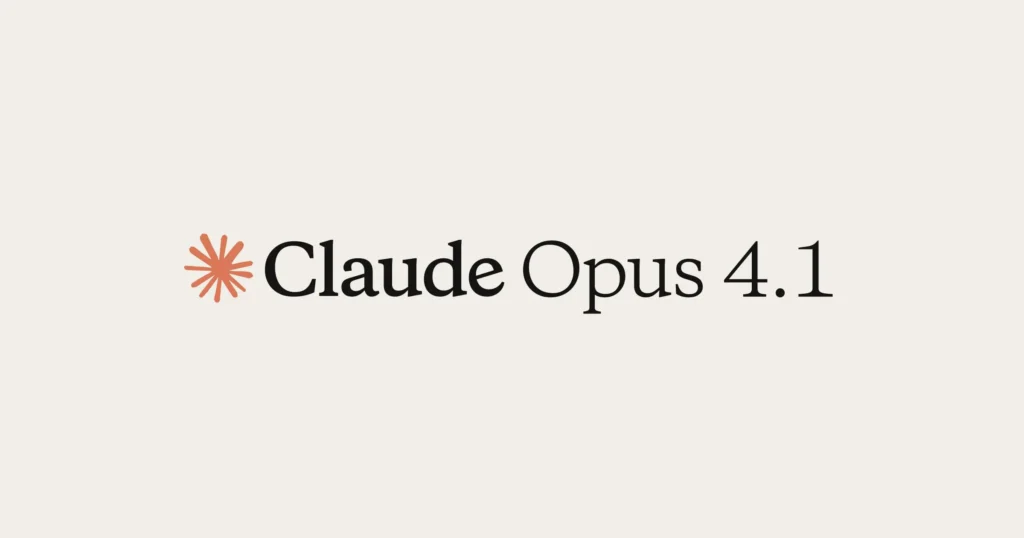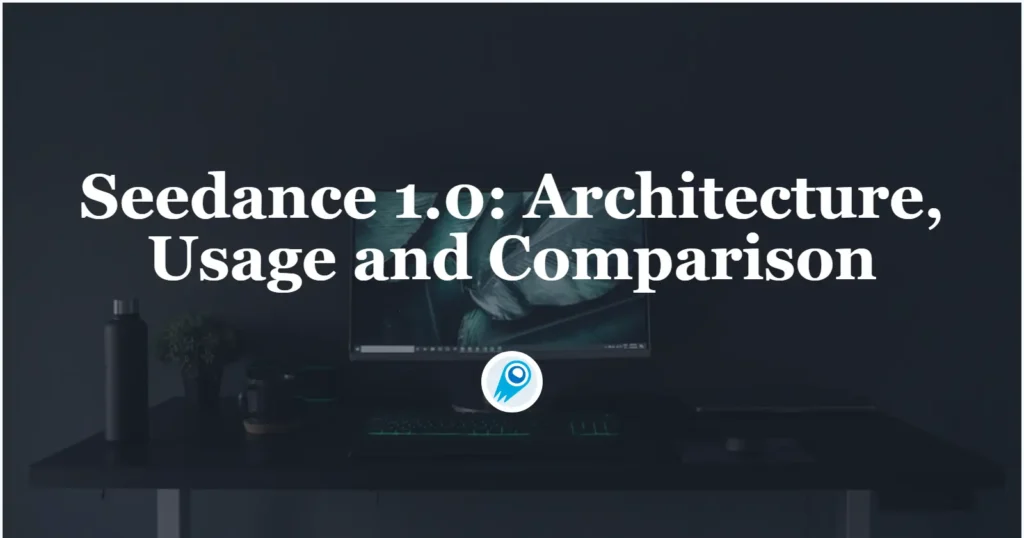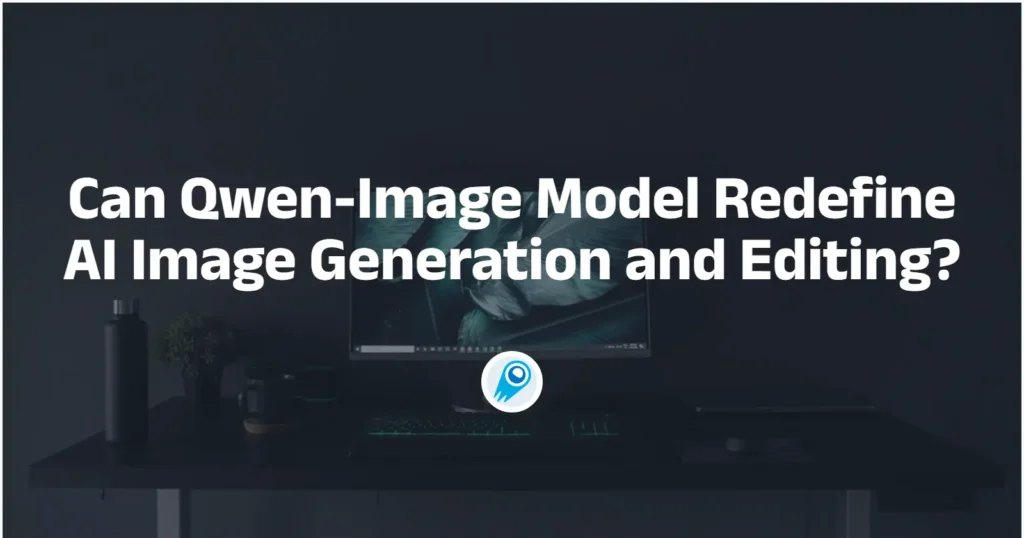OpenAI’s gpt-oss-120b marks the organization’s first open-weight release since GPT-2, offering developers transparent, customizable, and high-performance AI capabilities under the Apache 2.0 license. Designed for sophisticated reasoning and agentic applications, this model democratizes access to advanced large-language technologies, enabling on-premises deployment and in-depth fine-tuning. Core Features and Design Philosophy GPT‑OSS models are designed as general-purpose, […]
Model Type: Chat





